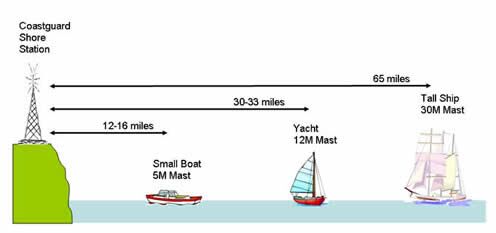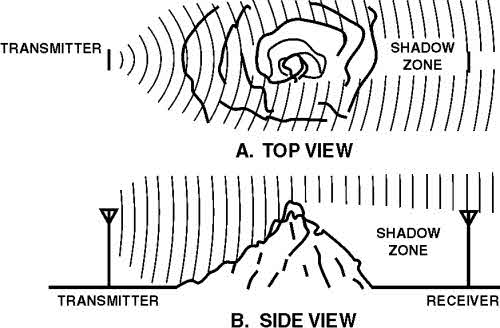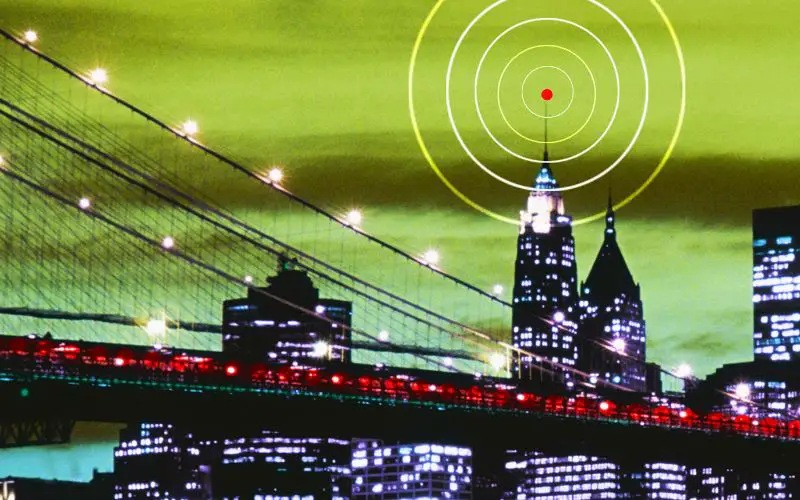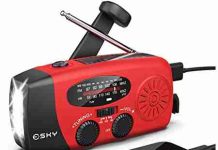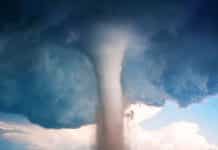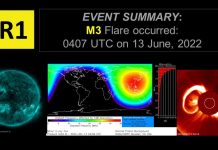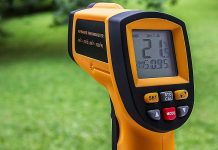Imagine communicating across vast distances using nothing but a small handheld device. It seems like something out of a sci-fi movie, but with a 5-watt radio, it becomes a reality.
In this article, we will explore the incredible range of a 5-watt radio and the factors that can affect its transmission capabilities.
Whether you’re an outdoor enthusiast, an emergency responder, or simply curious about the limits of communication technology, this article will provide you with all the answers you seek.
So grab your favorite snack, sit back, and get ready to be amazed by the power of a 5-watt radio.
Factors Affecting Radio Transmission Range
Radio transmission range depends on several factors that can either enhance or limit the communication distance of a radio signal. Understanding these factors will help you optimize your radio transmission range and ensure effective communication in various scenarios. Let’s explore each factor in detail.
Frequency and Wavelength
The frequency and wavelength of a radio signal play a significant role in determining its transmission range. In general, lower-frequency signals have longer wavelengths and can travel further distances. Lower-frequency signals can penetrate obstacles and travel through the atmosphere with less attenuation.
Conversely, higher-frequency signals have shorter wavelengths and are more susceptible to absorption and reflection by objects and the atmosphere. Therefore, they have a shorter transmission range compared to lower-frequency signals.
This image is the property of qph.cf2.quoracdn.net.
Antenna Gain
Antenna gain refers to the ability of an antenna to direct and concentrate radio signals in a specific direction. It is measured in decibels (dB). Antennas with higher gain can transmit and receive signals over greater distances as they focus the radiated energy more efficiently.
Different antennas, such as omnidirectional and directional antennas, have varying degrees of gain. Omnidirectional antennas radiate signals in all directions, providing more comprehensive coverage but sacrificing range. On the other hand, directional antennas, like Yagi or parabolic antennas, have higher gain and offer a more focused beam, resulting in an extended transmission range in a specific direction.
Line of Sight
A clear line of sight between the transmitting and receiving antennas is essential for achieving maximum transmission range. When no obstructions block the radio signal, it can propagate freely, resulting in longer communication distances.
Obstacles like buildings, trees, and hills can obstruct the radio signal, causing it to attenuate or reflect, significantly reducing the effective transmission range. Therefore, it is crucial to consider the line of sight when setting up radio communication systems to ensure optimal range and signal quality.
This image is the property of cdn-abnpb.nitrocdn.com.
Terrain and Obstacles
The terrain and presence of obstacles can also impact the radio transmission range. Mountains and hills significantly affect signal propagation as they block or reflect radio waves. The higher the obstacle, the greater the impact on the transmission range.
Similarly, buildings can obstruct and reflect radio signals, particularly in urban environments. The materials used in construction, such as concrete and steel, can attenuate radio waves, further reducing the transmission range. Vegetation, including dense forests or thick foliage, also obstructs radio signals, causing significant signal degradation.
Atmospheric Conditions
Atmospheric conditions can have a significant impact on radio transmission range. Weather conditions like rain, snow, and fog can absorb and scatter radio waves, leading to signal attenuation and reduced range. Similarly, atmospheric disturbances like lightning can introduce interference and affect the quality and range of the transmitted signal.
The ionosphere, a layer of the Earth’s atmosphere, can also affect radio propagation. It acts as a reflector for specific frequencies and enables long-distance communication beyond the line of sight. However, this phenomenon, known as skywave propagation, depends on various factors such as time of day, season, and solar activity.
This image is the property of qph.cf2.quoracdn.net.
Power Output
The power output of a radio transmitter directly affects its transmission range. Generally, higher power output allows for greater signal strength and extends the communication distance. However, the relationship between power output and transmission range is not linear. Doubling the power output does not necessarily double the range.
The effectiveness of power output depends on various factors, including the conditions of the environment and the availability of line of sight. In some cases, increasing the power output may not significantly improve the transmission range due to other limiting factors.
Radio Interference
Radio interference can significantly impact the transmission range of a radio signal. Interference occurs when other devices or signals disrupt or overlap with the desired radio signal. This interference can result from various sources, including other nearby transmitters, electrical equipment, or environmental factors like atmospheric noise.
Different types of interference, such as co-channel and adjacent-channel interference, can degrade the quality and strength of the transmitted signal. Interference limits the effective transmission range and can make communication difficult or impossible in severe cases.
This image is the property of cdn-abnpb.nitrocdn.com.
Receiver Sensitivity
Receiver sensitivity refers to the ability of a radio receiver to detect and interpret weak signals. A high-sensitivity receiver can detect lower power-level signals, extending the transmission range. On the other hand, a receiver with low sensitivity may struggle to pick up weaker signals, reducing the effective range of communication.
Receiver sensitivity is significant in scenarios where the signal strength at the receiving end is already attenuated due to distance or other factors. Using a receiver with higher sensitivity can improve the chances of successful communication over an extended range.
Modulation Technique
The modulation technique used for transmitting the radio signal can also impact the transmission range. Different modulation techniques, such as amplitude modulation (AM) and frequency modulation (FM), have distinct characteristics that affect their range.
FM signals tend to have a more extended transmission range than AM signals. FM signals are less susceptible to noise and interference, allowing for better signal quality over considerable distances. However, the actual transmission range depends on several factors and the modulation technique utilized.
This image is the property of thechurchmouse.net.
Antenna Height
The antenna height above the ground is crucial in determining the transmission range. As the antenna height increases, the radio signal can propagate further due to reduced obstructions and increased line of sight distance.
Higher antenna elevation allows the radio signal to clear obstacles like buildings and vegetation, increasing the effective transmission range. It also helps avoid signal absorption by the ground surface, maximizing the signal coverage area. Therefore, mounting the antenna at an optimal height is essential for achieving an extended transmission range.
In conclusion, several factors affect the transmission range of a radio signal. Understanding these factors and their interplay can help optimize radio communication for various scenarios.
By considering frequency and wavelength, antenna gain, line of sight, terrain, obstacles, atmospheric conditions, power output, radio interference, receiver sensitivity, modulation technique, and antenna height, you can maximize the transmission range of your radio system and ensure reliable communication over longer distances.


